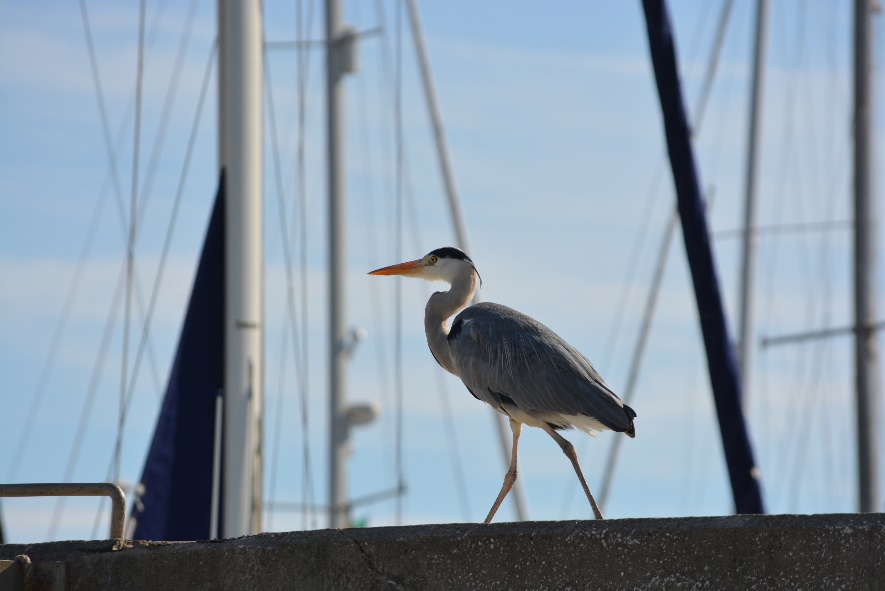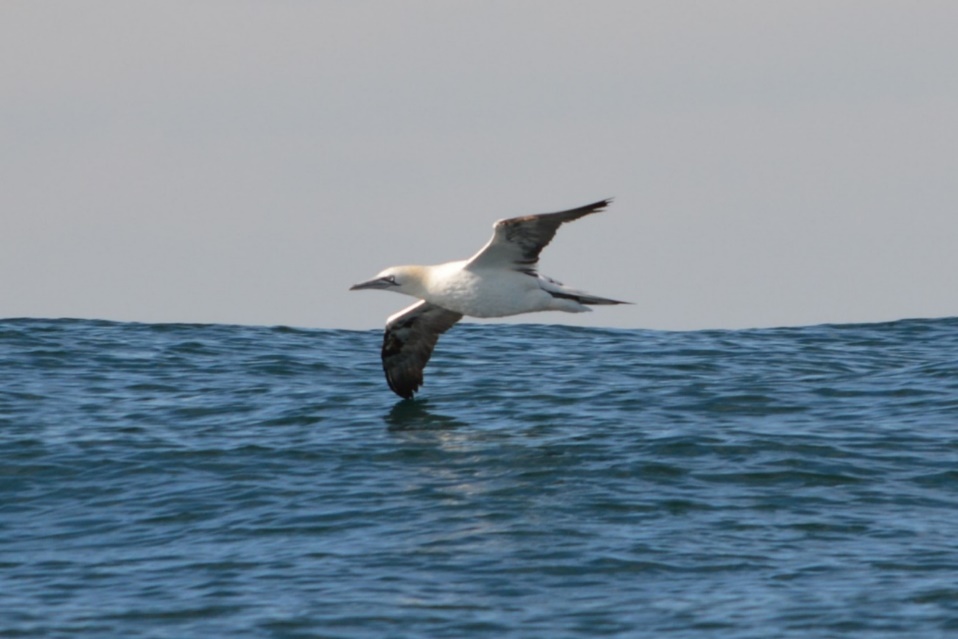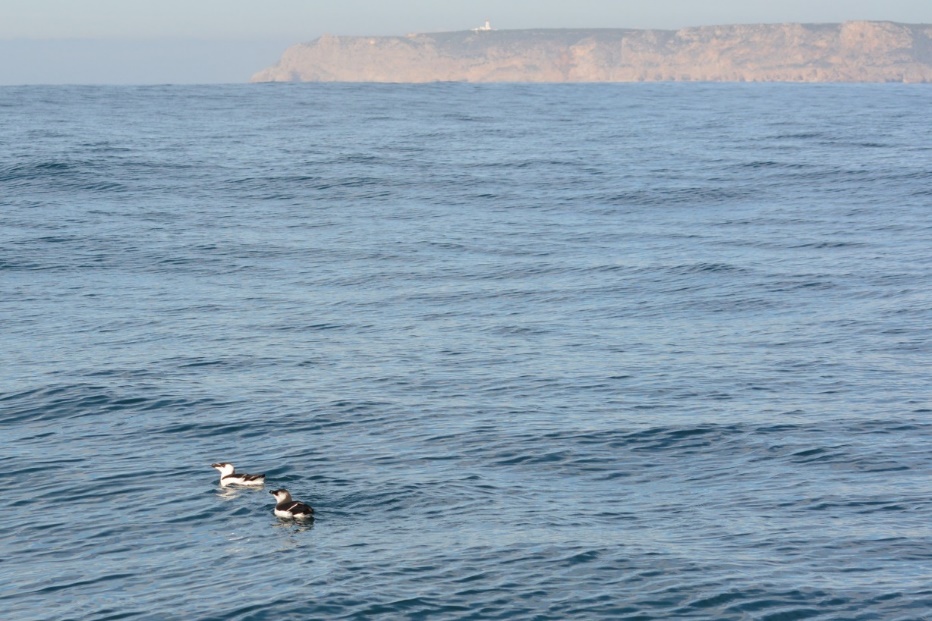On Land: The Lagoa Pequena and Its Visitors
Sesimbra is an excellent destination for birdwatching, hosting a wide variety of species in its cliffs, wetlands, and the seas that surround its coast.
The unique ecosystems in the region, such as the Lagoa Pequena, which is part of the Albufeira Lagoon watershed and a special protection area (Birds Directive 79/409/CEE), serve as a refuge for numerous resident and migratory bird species, making it a key location for birdwatching enthusiasts.
Here, you will find the Interpretative Space of the Lagoa Pequena, covering an area of 68 hectares with four strategically positioned observation points, offering opportunities to photograph nesting and migratory birds such as the little bittern (Ixobrychus minutus), the purple heron (Ardea purpurea), the marsh harrier (Circus aeruginosus), the common purple gallinule (Porphyrio porphyrio), the common moorhen (Gallinula chloropus), the common reed warbler (Acrocephalus scirpaceus), and the great reed warbler (Acrocephalus arundinaceus).
Lagoa Pequena, with its vast area of reedbeds (Phragmites australis) – the largest reedbed area in Portugal – functions as an essential habitat, providing shelter, food, and protection from predators, thus playing a crucial role in the nesting of many species.
A seasonal visitor to this region, the grey heron (Ardea cinerea) (see image 1), which usually builds its nests in trees, uses the reedbeds to nest, making it the only known location in Portugal where the species adopts this strategy.
The majestic flamingo (Phoenicopterus roseus) is another of the many species that can be spotted in Lagoa Pequena. This large bird stands out for its pink coloration and long legs, providing incredible photography opportunities for birdwatching enthusiasts.
By Sea: Cabo Espichel and Its Seabirds
Cabo Espichel marks the southwestern tip of the Setúbal Peninsula in the Arrábida mountain range. Characterized by a rugged landscape, scarce vegetation, and strong exposure to maritime winds, it stands out as a reference point during migration periods for many bird species.
In November, it is possible to observe the stock pigeon (Columba oenas), which finds its ideal refuge in the various recesses of the cliffs and limestone niches of Cabo Espichel. This species can often be seen during Bolhas Tours boat trips, inside the geological formation of the “Arco da Pombeira,” located on the west face of this spectacular promontory.
During our expeditions off the coast of Sesimbra, sightings of many seabirds are also common, including the scopoli’s shearwater (Calonectris diomedea), the northern gannet (Morus bassanus) (see image 2), the lesser black-backed gull (Larus fuscus), the yellow-legged gull (Larus michahellis), the common shag (Phalacrocorax aristotelis), the razorbill (Alca torda) (see image 3), and more occasionally, the atlantic puffin (Fratercula arctica).
An Unforgettable Experience
With stunning landscapes and unique biodiversity, this is the perfect opportunity to embark on an unforgettable adventure and capture through photography the fascinating pelagic birds of the region. This protected marine area is a must-visit destination for birdwatching enthusiasts, and the daily tours offered by Bolhas Tours provide the best way to explore these incredible habitats.
 Image 1. Grey heron (Ardea cinerea)
Image 1. Grey heron (Ardea cinerea)
©BolhasTours
 Image 2. Northern gannet (Morus bassanus)
Image 2. Northern gannet (Morus bassanus)
©BolhasTours
 Image 3. Razorbill (Alca torda)
Image 3. Razorbill (Alca torda)
©BolhasTours

